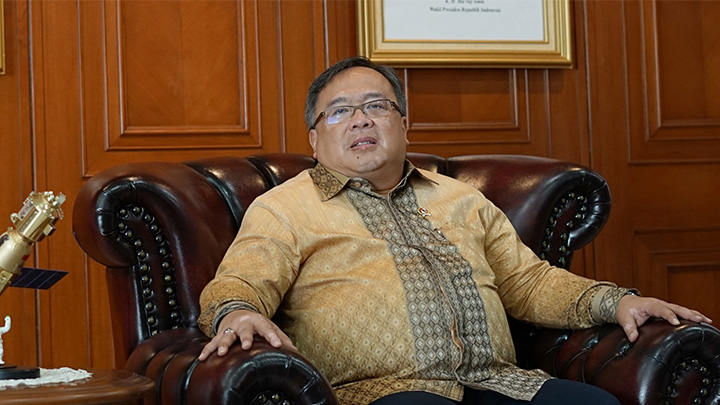Research and Technology Minister/National Research and Innovation Agency Chief, Bambang Brodjonegoro: Research and Industy Do Not Yet Trust Each Other
Monday, August 10, 2020
arsip tempo : 171408861793.

THIS is an unprecedented duty not found in the portfolio of previous research ministers. “BRIN includes the word ‘innovation’, which is added to my performance indicator,” said Bambang to Tempo via video conference on Tuesday, August 4.
Bambang said that national research community has been focused more on publishing the results of their studies. Meanwhile, in order to establish an innovation-based economy, every research
...
Subscribe to continue reading.
We craft news with stories.
 For the benefits of subscribing to Digital Tempo, See More
For the benefits of subscribing to Digital Tempo, See More








